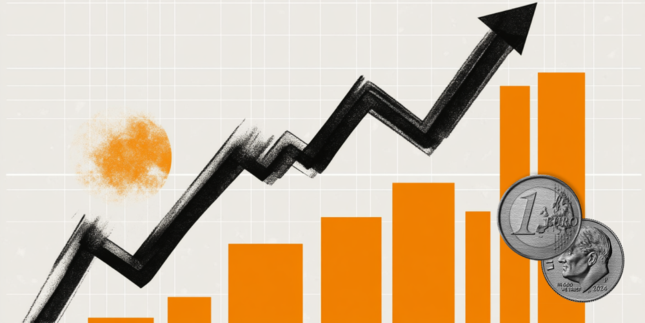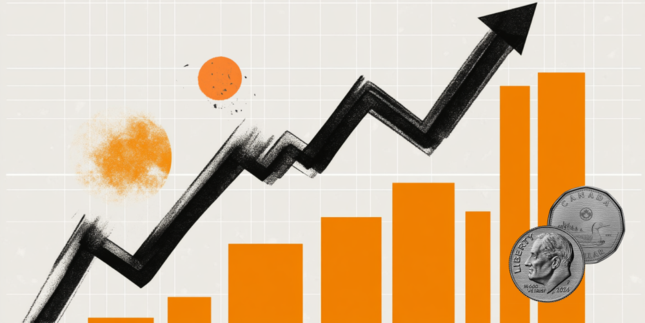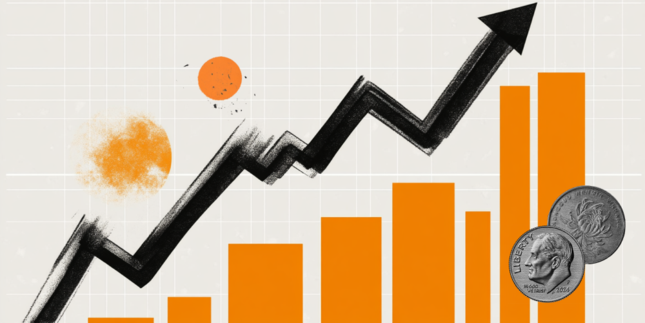-
Opps!
This language contents are not available!

EUR/GBP maintains position near 0.8300 following German GDP data
- EUR/GBP holds its gains following Germany’s Gross Domestic Product data released on Tuesday.
- Germany’s economy shrank by 0.2% QoQ in Q4 of 2024, compared to a 0.1% expansion in the third quarter.
- BoE Monetary Policy Committee member Swati Dhingra advocates for a swift easing of policy restrictiveness to stimulate consumption.
EUR/GBP continues its upward momentum for the second consecutive day, hovering around 0.8290 during European trading hours. The currency cross remains stable following the release of Germany’s Gross Domestic Product (GDP) data on Tuesday.
Germany’s economy contracted by 0.2% quarter-on-quarter in the fourth quarter of 2024, aligning with preliminary estimates and following a 0.1% expansion in the previous quarter. This downturn was largely driven by a negative contribution from net trade, with exports falling 2.2% while imports rose by 0.5%. On an annual basis, the economy shrank by 0.2% in Q4, confirming initial projections and marking the sixth straight quarter of decline.
The EUR/GBP cross remains under pressure due to the Euro’s (EUR) weakness following Germany’s federal election, where no single party secured a clear majority — a situation that could further complicate growth prospects in the already struggling economy.
Friedrich Merz, leader of the Christian Democratic Union of Germany (CDU), is poised to become Germany’s Chancellor after winning the largest share of votes. However, forming a coalition government is expected to be challenging and could delay policy implementation.
Investors are now looking for fresh signals on the Bank of England’s (BoE) monetary policy direction for the year ahead. Earlier this month, the BoE lowered its key borrowing rate by 25 basis points (bps) to 4.5%, indicating a gradual approach to policy easing.
However, BoE Monetary Policy Committee (MPC) member Swati Dhingra has advocated for a more aggressive monetary expansion, citing weak demand. In her speech at Birkbeck on Monday, Dhingra expressed concern that the current pace of rate cuts—interpreted as 25 bps per quarter—could still leave monetary policy overly restrictive by the end of 2025.
Economic Indicator
Gross Domestic Product (QoQ)
The Gross Domestic Product released by the Statistisches Bundesamt Deutschland is a measure of the total value of all goods and services produced by Germany. The GDP is considered as a broad measure of the German economic activity and health. A high reading or a better than expected number has a positive effect on the EUR, while a falling trend is seen as negative (or bearish).
Read more.Last release: Tue Feb 25, 2025 07:00
Frequency: Quarterly
Actual: -0.2%
Consensus: -0.2%
Previous: -0.2%
Source: Federal Statistics Office of Germany
Forex News
Keep up with the financial markets, know what's happening and what is affecting the markets with our latest market updates. Analyze market movers, trends and build your trading strategies accordingly.























